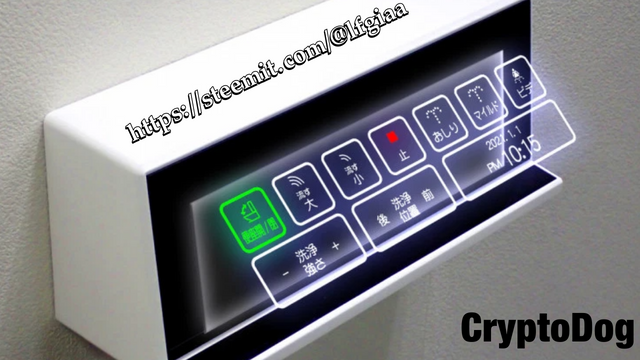Hologram or stereoscopic imaging imaging technique that records light emitted from an object and then displays it in a way that shows the three dimensions of the body
Touch screens and self-propelled ATMs were a serious problem even before the epidemic; a 2018 study by London Metropolitan University showed that touchscreens in fast food restaurants contain all kinds of unwanted, potentially harmful bacteria.
Now, amid a renewed focus on hygiene due to the Corona pandemic, a Japanese company has unveiled a better solution.
Shizuoka-based Murakami, working in partnership with Parity Innovations, has developed a touchless control system for Japanese toilets using hologram technology, which can be expanded to include a variety of public uses.
Hologram or stereoscopic spectroscopy is a imaging technique that records light emitted from an object, and then displays it in a way that shows the three-dimensional (depth, length and height) of the body.
According to a murakami press release, the control panel , called floating diagram technology, known as FPT, uses 'next-generation optical images of floating images in the air'.
FbT technology allows users to 'press' hologram-like buttons without actually touching the board, eliminating the need to touch a surface that may be full of bacteria.
The main features of the FBT system without touching include a 'motion-floating, highly clear, and it is operated using spatial sensing technology that 'narrows the finger's position in the air using a special algorithm'.
More importantly, the system is easily modifiable, which means it is likely to be 'deployed for multiple product applications'.
This technique can be used to protect against future outbreaks by enhancing hygiene in a wide range of applications, including public toilets, elevators, ATMs, self-exit screens and hospital registration.
The FBT system can be adapted to ATMs, elevators and other general use cases.
Murakami is not the first company to offer a solution to the touchscreen problem by creating a hologram screen; in October 2020, Ultraleap unveiled a camera-mounted screen, which is controlled with hand gestures.

Murakami announced that it has begun providing samples of the FBT system to manufacturers and hospitals for evaluation. The company expects its technology to be commercially available by 2022.
